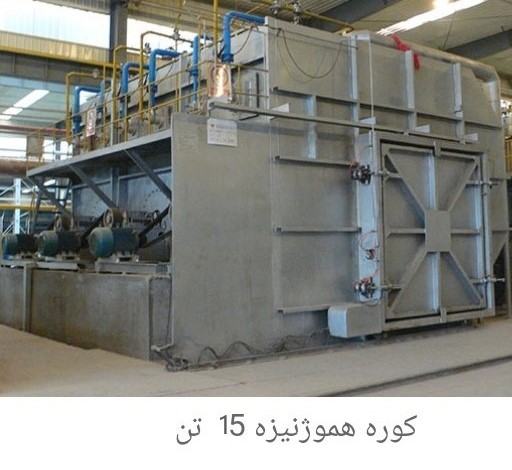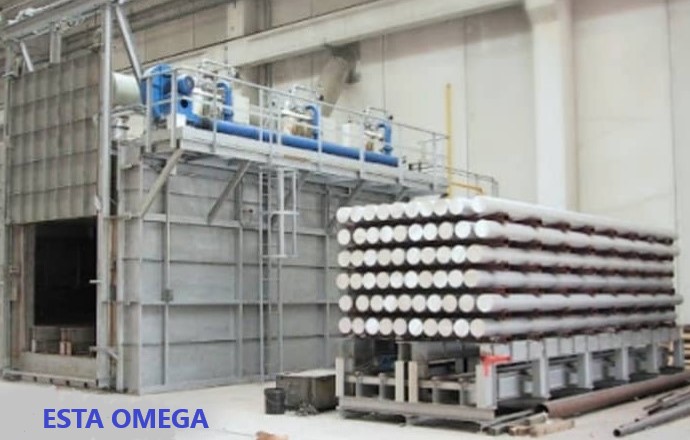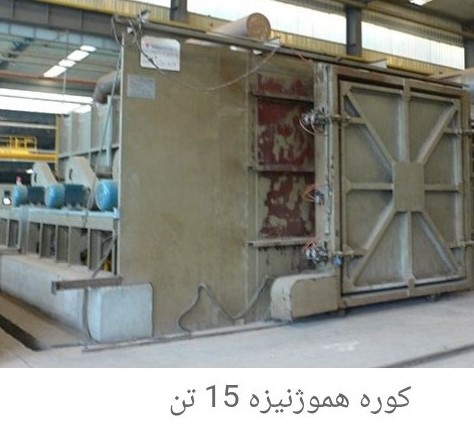Homogeneous furnace
ESTA OMEGA
The homogenization operation is such that in products such as DC ingots that we intend to convert into profiles and extruded products, they must be exposed to high temperatures.
Reduces its separation rate and reduces the amount of unbalanced eutectics at the low melting point that may cause the ingot to crack during subsequent operations.
In this method, the homogenization time at any given temperature is inversely proportional to the square of the distance between the dendritic branches in the ingot.
The homogenization operation is especially important in the case of high-strength alloys because it is considered as a sedimentation and redistribution operation of compounds.
These intermediate metals in the rapid cooling operation of DC castings may become supersaturated in the billet or aluminum ingot, in which case it is necessary in the form of fine compounds that are uniform
Are distributed in the future to control the grain structure.
These particles may have a significant effect on a variety of mechanical properties by affecting the reaction of the alloy to the aging process as well as the microstructure of the dislocations formed during the deformation.
In simple terms, thermogenesis is the process of molecular bonding and arrangement of cast billet alloy molecules. It is said that this process takes place in a homogeneous furnace with a temperature of 550 to 600 degrees and after shelf life.
The part needs to be cooled at the required temperature and the required time elapses according to the amount of alloys used, which is done with
standard intervals and temperature drops compared to the type of aluminum alloy. In general
The homogenization process depends on the type of alloy used at the time of casting.





